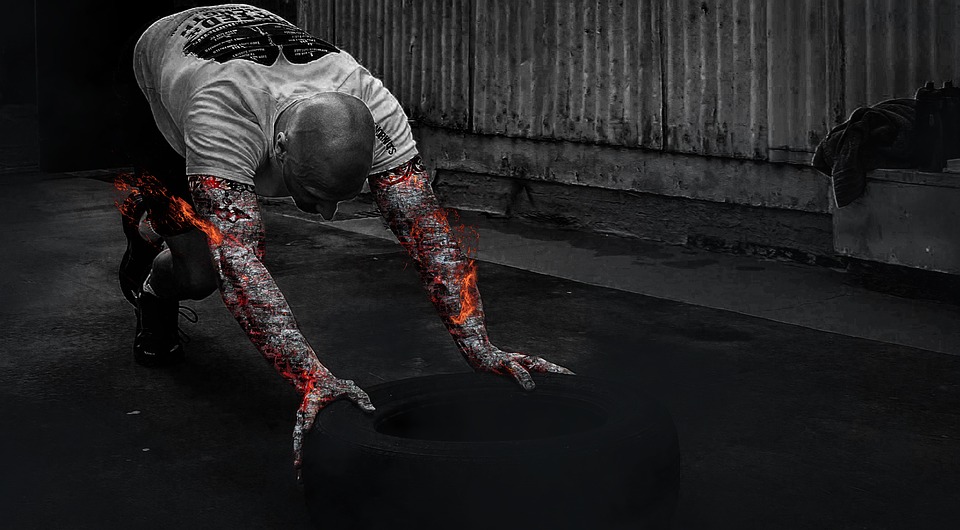About a day or so after you work out or play sports, it’s normal to have sore muscles. This is called delayed onset muscle soreness (DOMS). Scientists used to believe that an excess of lactic acid in the muscles was the cause of the pain, but now most experts discount that theory and agree that delayed onset muscle soreness is caused by minor trauma to the muscle tissue.
Microscopic Tears
When you exercise, if you engage in a new activity, increase your intensity level, or perform eccentric contractions (contractions that lengthen a muscle, like lowering a weight after a bicep curl or walking or running downhill) you cause tiny injuries — microscopic tears and cracks — to your muscle fibers and connective tissue. These injuries don’t cause alarm. As part of the healing process, your muscles become stronger and bigger, but you will feel soreness as they heal. Delayed onset muscle soreness usually peaks about 24 to 48 hours after a workout and disappears completely after about 72 hours.
It happens to everyone. People starting a workout program will feel it, but so will experienced bodybuilders and athletes. If you continue to perform the same activity, your body will get used to it, and the DOMS you feel following a workout will decrease. When you increase the intensity of your workout again, however, or change the pattern of movement, you’ll experience delayed onset muscle soreness once more. Fortunately, the new, stronger muscle tissues are usually more adaptable to these minor traumas, and the severity of muscle soreness may decrease with an improved physical condition.
Relief from Delayed Onset Muscle Soreness
There’s no real way to prevent DOMS completely, but to help you deal with the pain, there are a few things you can try. Sitting in a tub of ice water within half an hour of finishing your workout can reduce the inflammation and pain of delayed onset muscle soreness. Alternatively, and less shockingly, a ten-minute cool-down period, simply walking briskly or jogging, followed by light stretching after your workout can also help. A gentle massage or using a foam roller after a workout can increase blood flow and promote faster healing of inflamed muscle tissues, decreasing soreness.
 If the pain is severe, non-steroidal anti-inflammatory drugs like ibuprofen can help, but use caution, as high doses have been shown to cause kidney and stomach problems. Some athletes have tried to prevent DOMS by taking anti-inflammatory medicine before a workout, but recent studies have shown that this does not help to prevent soreness and can actually cause physical damage, particularly to the intestines.
If the pain is severe, non-steroidal anti-inflammatory drugs like ibuprofen can help, but use caution, as high doses have been shown to cause kidney and stomach problems. Some athletes have tried to prevent DOMS by taking anti-inflammatory medicine before a workout, but recent studies have shown that this does not help to prevent soreness and can actually cause physical damage, particularly to the intestines.
To lessen the severity of DOMS, try not to overdo your activity or perform the same exercises on consecutive days. Allow your body time to rest, or try some light exercise, like walking, cycling, or yoga, between more intense workout sessions.
Most importantly, remind yourself that DOMS is not a cause for alarm. Rather, it’s definite evidence that your muscles are growing stronger and your fitness level is improving.

I always wondered why I was sore days later. These are great tips!